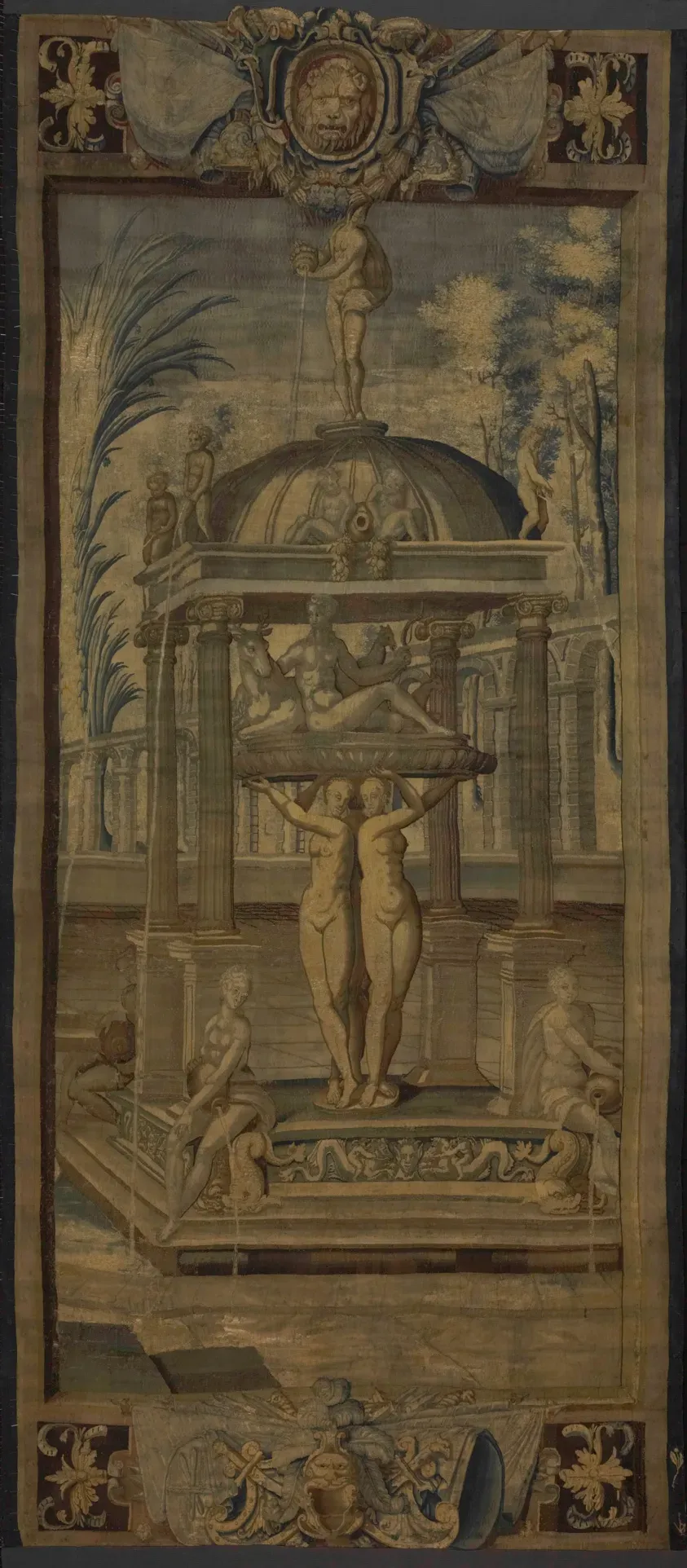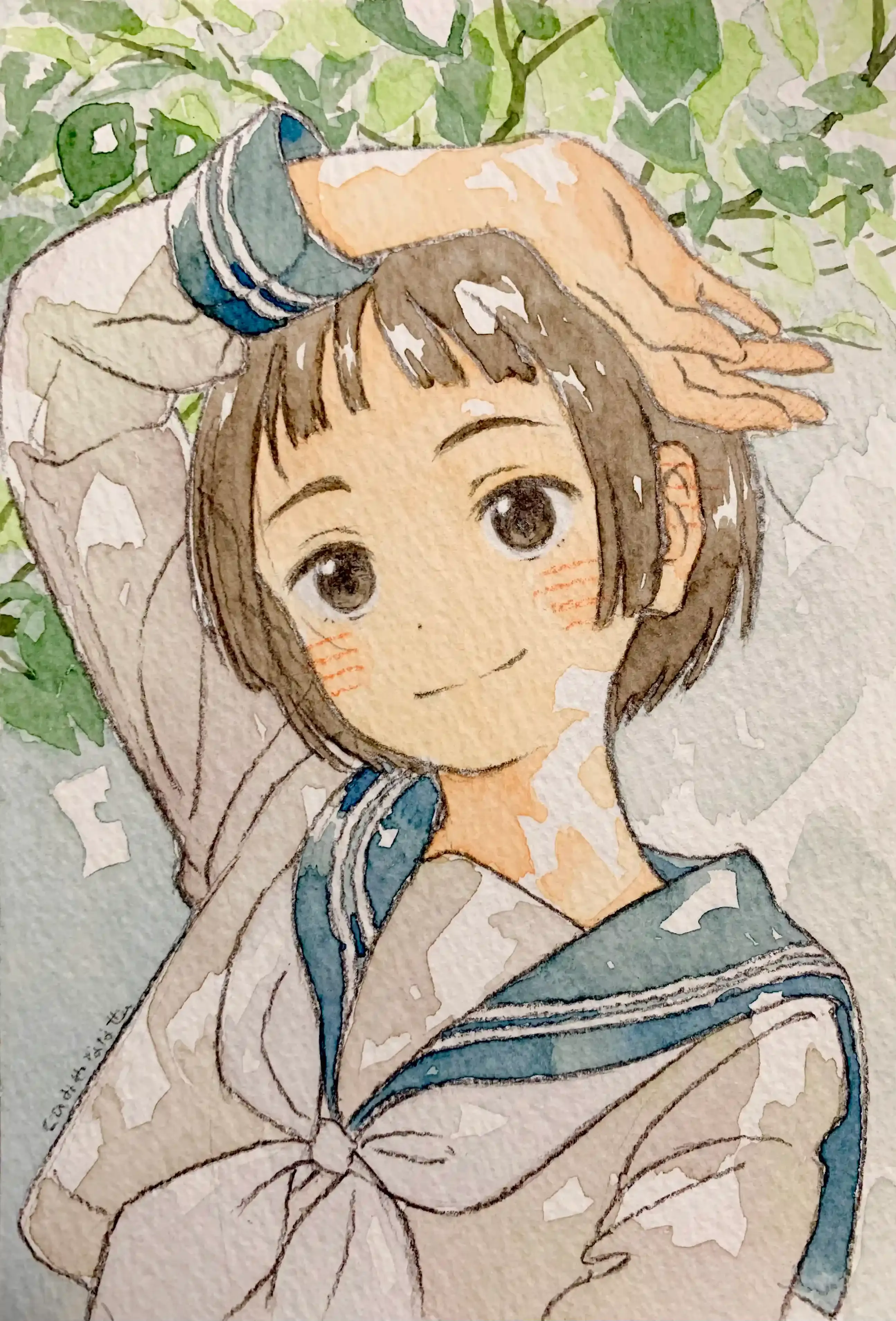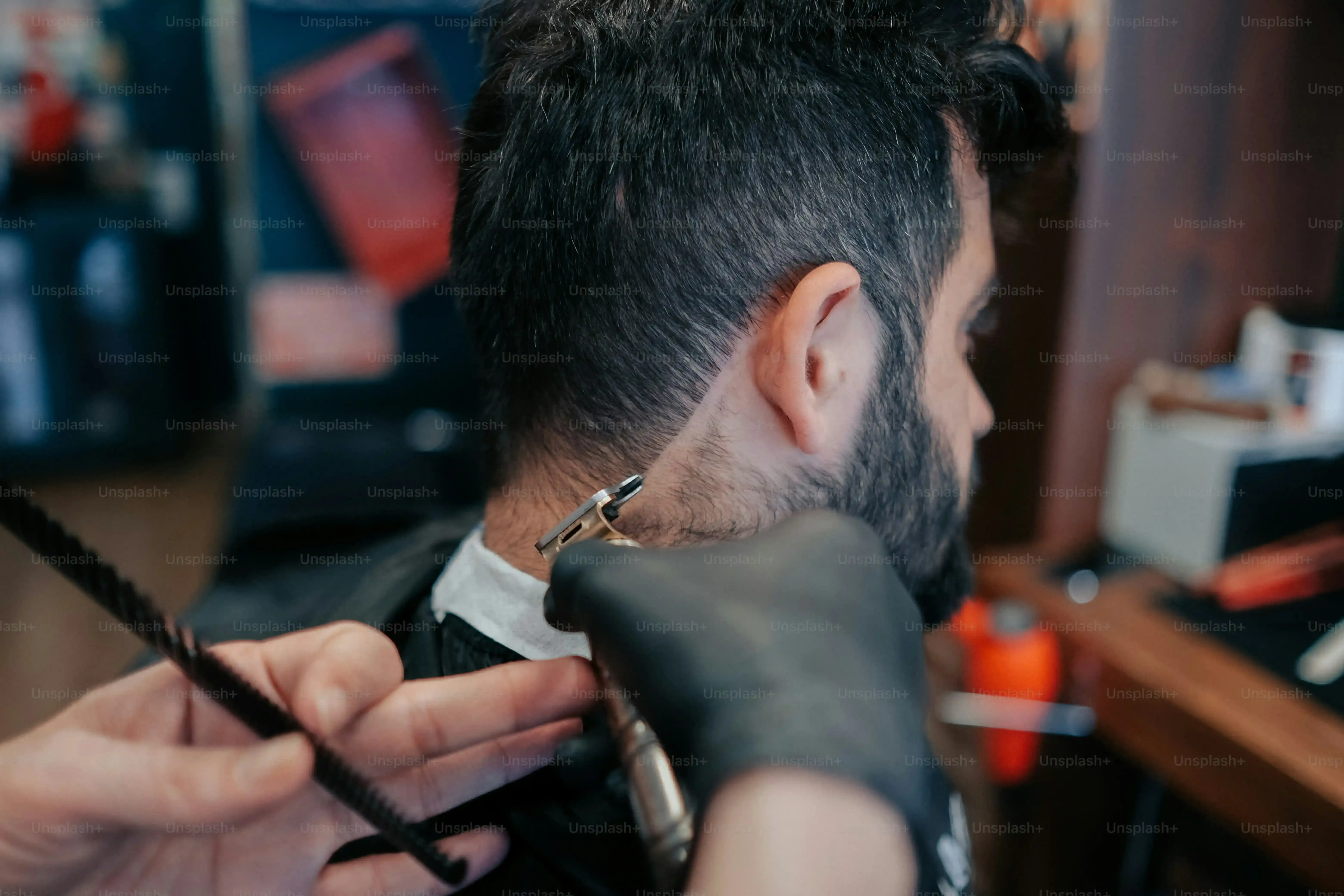Table of Contents
Thinking about the bob hair cut? Join the club. It’s the haircut that refuses to quit, popping up everywhere from runways to grocery store aisles. For decades, the bob hair cut has symbolized change, confidence, and maybe a touch of rebellion, tracing its roots back to the daring flappers of the 1920s who chopped off their long locks as a statement. Fast forward, and it’s still the go-to for anyone wanting a refresh that feels both classic and current. But let's be real, deciding on the bob hair cut isn't just about grabbing scissors. There's the length dilemma, the texture battle, and the daily question of 'how do I actually style this thing?' This guide cuts through the noise. We're diving into the sheer variety of bob styles out there, tackling the practical realities of keeping it looking sharp, uncovering styling tricks that actually work, and helping you weigh whether the bob hair cut is the right move for your hair and your life right now. Get ready to move past the Pinterest boards and into the practical details.
Why Everyone's Still Obsessed with the Bob Hair Cut

Why Everyone's Still Obsessed with the Bob Hair Cut
It's the Chameleon of Haircuts
Let's face it, trends come and go faster than you can scroll through TikTok, but the bob hair cut? It just sticks around. Why? Because it's not one thing. It's a whole spectrum. You can have a sharp, jaw-grazing power bob that screams "don't mess with me," or a soft, collarbone-skimming lob that whispers "effortlessly chic." It bends to whatever is happening in fashion. Need proof? Look at the 90s sleek bob, the messy beachy bob of the 2010s, and the blunt, graphic cuts making waves now. It adapts. It evolves. It’s the ultimate hair chameleon, always looking fresh because it can be tweaked endlessly to fit the current vibe or your personal style. It’s never truly *out*.
More Than Just a Haircut, It's a Feeling
Beyond the aesthetics, there's something undeniably *transformative* about getting a bob hair cut. People talk about shedding weight, feeling lighter, or even more confident after the chop. Remember that friend who finally went for it after years of debating? They probably walked out of the salon with a different posture. It’s practical too; often easier to manage than long hair, quicker to dry, and requires less product wrestling. For many, deciding on the bob hair cut is linked to life changes – a new job, a breakup, a desire for a fresh start. It’s a physical manifestation of a shift, and that feeling is powerful. It’s low-key liberation you can wear every day.
So, why the enduring obsession?
- It's incredibly versatile across different hair types and face shapes.
- It offers a tangible sense of change and renewed confidence.
- It's often more practical for daily life than very long hair.
- Styling possibilities are vast, from sleek to textured.
- It’s a classic that somehow always feels modern.
Finding Your Perfect Bob Hair Cut: Lengths and Layers

Finding Your Perfect Bob Hair Cut: Lengths and Layers
The Length Spectrum: From Pixie-Adjacent to Lob
Alright, so you're sold on the *idea* of the bob hair cut. Great. Now comes the actual decision-making. The first fork in the road? Length. Are we talking a super-short, almost-pixie bob that skims your jawline and makes your neck look like a swan's? Or are you leaning towards the ever-popular 'lob' – that's a long bob, for the uninitiated – hitting somewhere between your chin and collarbone? The shorter you go, the more structure and edge the cut tends to have. A classic chin-length bob is bold and graphic. A longer bob offers more versatility for updos and feels less drastic if you're coming from long hair. Think about your lifestyle; a shorter bob can be wash-and-go for some, but might require more styling for others to lay just right. Consider how much commitment you're ready for.
Layering Up or Keeping it Blunt?
Next up: layers. Or the lack thereof. A blunt bob hair cut is exactly what it sounds like – all the ends are cut to the same length, creating a sharp, solid line. This look is sleek, modern, and makes fine hair appear thicker. It demands precision, though, and might feel heavy on very dense hair. Layers, on the other hand, remove weight and add movement. Subtle layers around the face can soften the line, while stacked layers in the back build volume and create that classic A-line shape where the back is shorter than the front. Textured layers are great for wavy or curly bobs, helping to define the shape and prevent puffiness. Your hair type is a huge factor here.
Choosing the right layers can completely change the vibe of your bob.
- Blunt: Max thickness illusion, sharp look, best on fine to medium hair.
- Subtle Face-Framing: Softens the cut, adds gentle movement, good for most hair types.
- Stacked Layers: Creates volume and a strong A-line shape, works well on straight or slightly wavy hair.
- Textured/Internal Layers: Removes bulk, adds movement without visible layers, great for thick or wavy hair.
Matching the Cut to Your Hair and Face
Picking the perfect bob hair cut isn't just about what's trendy; it's about what works for *you*. Your hair texture dictates a lot. Fine hair often benefits from a blunt cut or minimal layers to maintain density. Thick hair usually needs layers to remove weight and prevent the dreaded 'helmet' look. Wavy and curly hair requires careful layering to encourage shape and definition. Face shape is another piece of the puzzle, though honestly, a skilled stylist can adapt a bob to almost any face. A chin-length bob can highlight a strong jawline, while a lob can soften angles. It's less about strict rules and more about balancing proportions and enhancing your features. Bringing inspiration photos is helpful, but be prepared to discuss with your stylist what's realistic for your specific hair type and daily routine. That consultation is key.
Taming the Mane: Essential Maintenance for the Bob Hair Cut

Taming the Mane: Essential Maintenance for the Bob Hair Cut
Washing and Drying Your Bob Right
so you’ve got the bob hair cut. Now how do you keep it looking like you just left the salon and not like you wrestled a small animal? It starts with the basics: washing. Don't over-wash it; every two or three days is usually plenty unless your hair gets super oily. Use a good quality shampoo and conditioner suited for your hair type. When drying, if you're air-drying, try not to touch it too much while it's wet to avoid frizz. If you're blow-drying, using a nozzle attachment is key for directing airflow and getting a smooth finish, especially on a blunt cut. A round brush can help add volume or bevel the ends under or out, depending on the look you want. Avoid just blasting it with heat; work in sections for control.
Essential Products for Bob Life
Having the right products makes a huge difference in maintaining the bob hair cut. You don't need a cabinet full, but a few key players help. A heat protectant spray is non-negotiable if you use any hot tools. A lightweight serum or oil can smooth down flyaways and add shine without weighing down shorter lengths. Texturizing spray or paste is great for adding grit and definition to a messy bob. If frizz is your nemesis, a humidity-blocking spray or cream is your friend. And dry shampoo? Still a lifeline for stretching washes, even with less hair.
Your Bob Essentials Checklist:
- Heat Protectant Spray
- Lightweight Serum or Hair Oil
- Texturizing Spray or Paste
- Anti-Frizz Product (if needed)
- Good Dry Shampoo
Keeping the Shape with Regular Trims
Here’s the real talk about the bob hair cut: it demands commitment to trims. Unlike long hair where you can sometimes get away with skipping a few appointments, a bob’s shape relies on precision. As it grows, a blunt line can start to feel heavy, layers lose their intended placement, and the whole cut can just… fall flat. Expect to need a trim every 6-8 weeks, maybe even sooner for very short or graphic styles. Your stylist will clean up the neckline, maintain the length, and reshape any layers. Don't dread it; think of it as necessary tune-up. Ignoring trims is how a chic bob turns into an awkward grow-out phase.
Styling the Bob Hair Cut: More Options Than You Think

Styling the Bob Hair Cut: More Options Than You Think
Beyond Straight: Embracing Texture with Your Bob
you've got the bob hair cut. Now what? If your default setting is grabbing a straightener, pump the brakes. While a sleek, poker-straight bob is a classic for a reason, it's far from your only move. The beauty of the bob, especially one with some length or layers, is its potential for texture. Think messy waves that look like you just left the beach (even if you were just at the office). A curling iron or wand with a larger barrel can create loose bends rather than tight curls. Wrap sections away from your face, leave the ends out for a modern feel, and then rough it up with your fingers or a texturizing spray. Even on a blunt cut, a little bend can add dimension and keep it from looking too severe. Don't be afraid to experiment; your bob isn't just a haircut, it's a canvas.
Quick Switches: From Day to Night in Minutes
One of the practical perks of the bob hair cut is how quickly you can change its personality. Need to go from work-appropriate to evening-ready? A little styling wax or pomade can slick back the sides for a more polished, edgy look. If your bob is long enough, a half-up top knot or bun is a super quick way to get hair off your face and add a playful vibe. A deep side part instantly adds drama and volume at the crown. Accessorizing is also your friend here; a cool clip or a headband can elevate a simple bob in seconds. The key is having a few go-to products and techniques that let you pivot quickly without a full restyle.
Styling Tools That Earn Their Keep:
- Flat Iron (for sleek or creating bends)
- Curling Wand (for loose waves)
- Texturizing Spray or Paste
- Lightweight Hairspray
- Sectioning Clips
Is the Bob Hair Cut Your Next Big Change?

Is the Bob Hair Cut Your Next Big Change?
The Big Chop: More Than Just Hair
Deciding if Is the Bob Hair Cut Your Next Big Change? often feels like a monumental decision, right? For years, maybe decades, you’ve had length, a familiar weight, a certain way of being. Cutting it all off isn't just a salon appointment; it's a statement, a shedding of the old. There's a psychological barrier to overcome, a fear of regret. What if it doesn't look good? What if I miss my long hair? It's a leap of faith, a willingness to embrace something new and potentially unexpected. Committing to the bob hair cut means accepting a different reflection in the mirror and often, a different routine.
Weighing the Practicalities for Your Life
Beyond the emotional aspect, getting the bob hair cut requires a practical assessment. How much time are you willing to spend styling it? While often quicker to dry, some bobs demand more precision styling than a simple braid or ponytail. Are you okay with more frequent trims to maintain the shape? A bob grows out, and that perfect line or layer pattern needs regular attention, usually every six to eight weeks. Consider your job or hobbies – does shorter hair make sense? If you’re constantly tying your hair back for work or sports, a bob might be liberating or just plain annoying. Does your hair type naturally lend itself to a bob, or will you be fighting it daily? These aren't minor details; they're the reality of living with the cut.
Ask yourself:
- How much time can I commit to styling daily?
- Am I willing to get regular trims every 6-8 weeks?
- Does my lifestyle (work, hobbies) suit shorter hair?
- Is my hair texture compatible with the bob style I want?
Life After the Bob: The Daily Reality
So you did it. You got the bob hair cut. Now what? The initial rush of confidence is real for many. You feel lighter, perhaps more polished, maybe even a bit edgier. But the daily grind sets in. Some days, it falls perfectly. Other days, you wake up with weird kinks or cowlicks you never knew you had. Styling requires learning new tricks. That effortless look often takes *some* effort. However, for those who embrace it, the bob becomes more than just hair; it's part of their identity. It simplifies routines, feels liberating, and constantly reminds them of the decision they made to change. It’s not always perfect, but the feeling of intentionality, of owning your look, often makes the bob hair cut a change worth making.
So, Is the Bob Hair Cut For You?
We’ve looked at the sheer range of the bob hair cut, from jaw-grazing sharp lines to softer, shoulder-skimming lobs. We've touched on the reality of maintenance – yes, it still needs work, just maybe different work than long hair. And we've seen that styling options go beyond just one flipped-under look. The bob hair cut remains a powerful, adaptable style for a reason. It can feel like shedding baggage or simply updating your look with minimal fuss. Ultimately, whether you take the plunge depends on your hair texture, lifestyle, and willingness to commit to regular trims. It’s not a universal fix, but for many, it’s a cut that delivers a significant style impact without demanding round-the-clock attention. The choice, and the shears, are yours.